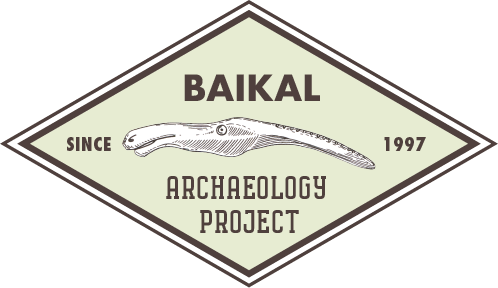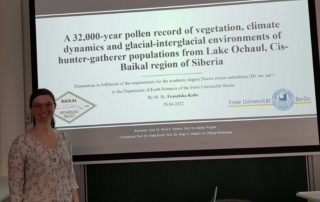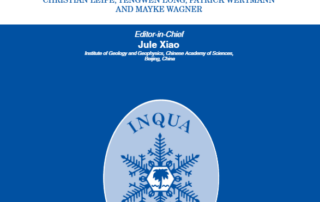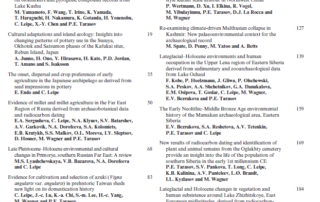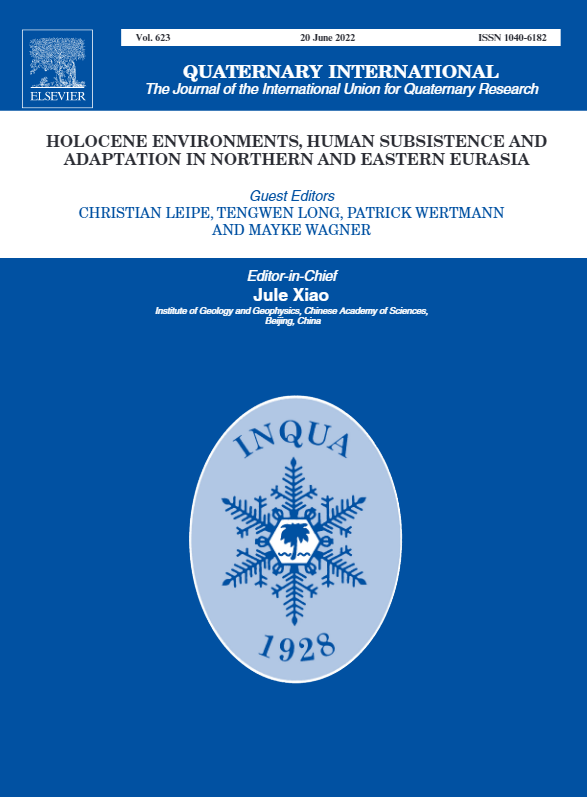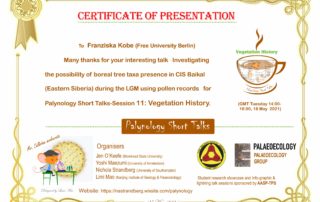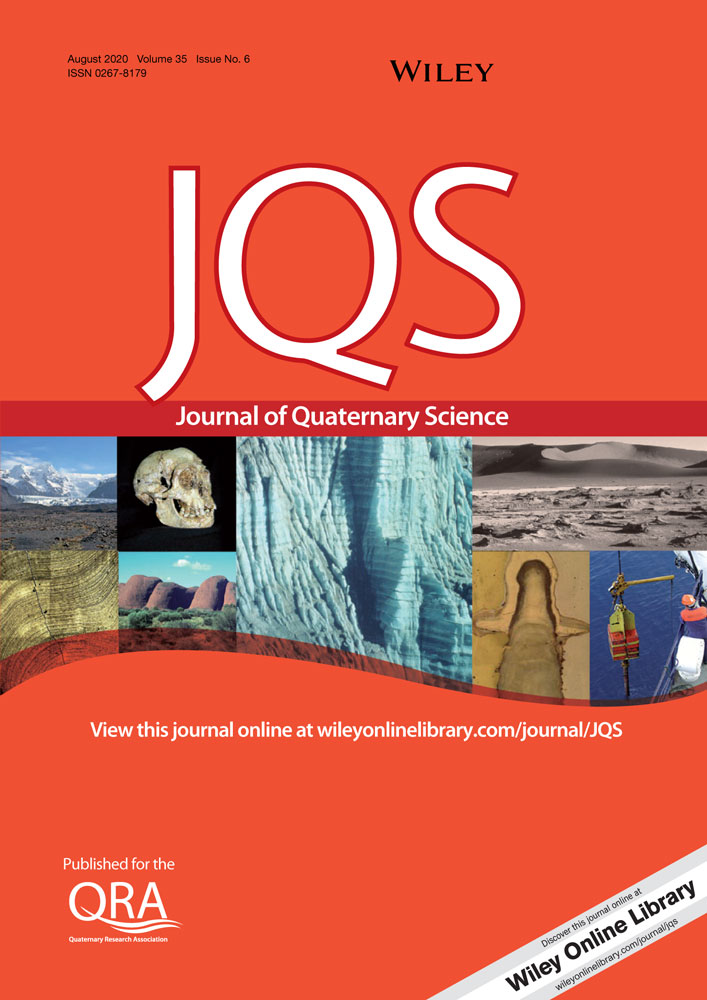Dr. Kobe successfully defends PhD dissertation!
Congratulations to Dr. Franziska Kobe, BAP PhD student at Freie Universitaet Berlin for successfully defending her PhD dissertation on April 28th! Franziska says she was so happy to finish this important step in her life and it was unique to have her defense on her birthday, no less! Commission: Prof. Dr. Pavel E. Tarasov (reviewer) Prof. Dr. Mayke Wagner (reviewer) Prof. Dr. Frank Riedel (commission leader) Prof. Dr. Serge A. Shapiro (deputy commission leader) Dr. Philipp Hoelzmann (protocol) [...]

